Are Pitted Olives Really Better Than Unpitted Olives?
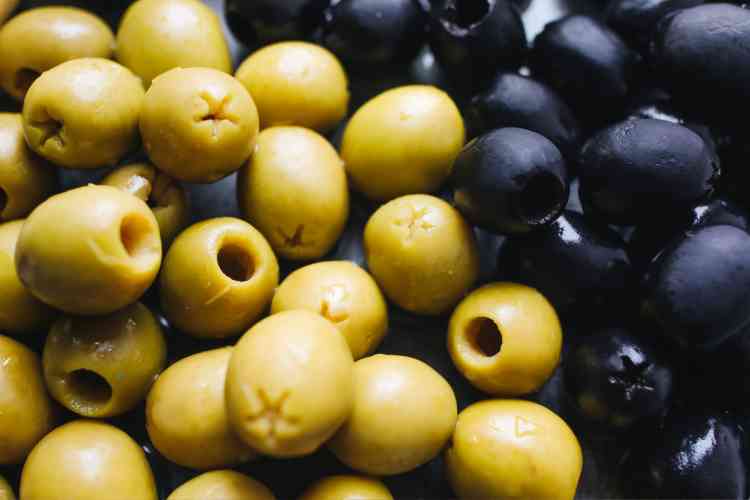
Have you ever found yourself standing before the olive jar wondering if buying the pitted olives is as bad as some claim? This small, round, tangy fruit is the subject of many debates in the culinary world and your local grocery store. The pitted vs. unpitted olives debate is hotly contested online. So, which one do you choose? You may think it doesn't matter whether the olives are pitted. An olive is an olive regardless of the pit, right?
However, the pit influences the texture and flavor of the olive. Ever bitten into an olive only to discover it's a soggy, salty and flavorless mess? Pitted olives are put in brine, which can change the flavor of the olive and make it salty. This doesn't mean that you can't use pitted olives. There's a time and place for them.
So, let's explore pitted olives vs unpitted olives, how to pit them yourself at home and how to cook with them.
Jump to Section
- What Are Pitted Olives?
- Are Pitted Olives Better Than Unpitted Olives?
- How to Pit Olives
- Cooking With Pitted Olives
What Are Pitted Olives?
Pitted olives vs. unpitted olives: What's the difference between the two? Olives naturally come with a small pit/stone in the center of the fruit. When the pit is removed from the olive, this is known as a pitted olive. Once the pit has been removed, the olive is put into brine and packaged to be ready for you to use in salads, spreads, on a charcuterie board or in your favorite Greek foods.
Many people find that pitted olives tend to be a lot more messy than unpitted olives because of the texture. With the pit removed, the structure of the olive becomes a lot softer and more soggy, making it unpleasant to eat if you’re looking for a crisp bite.
When it comes to choosing which pitted olive to use, there is a wide variety of choices, from green and black olives to Kalamata and Gaeta olives. Whether you want to add sweetness, bitterness or spice to a meal, these small stone fruits are versatile in any dish.
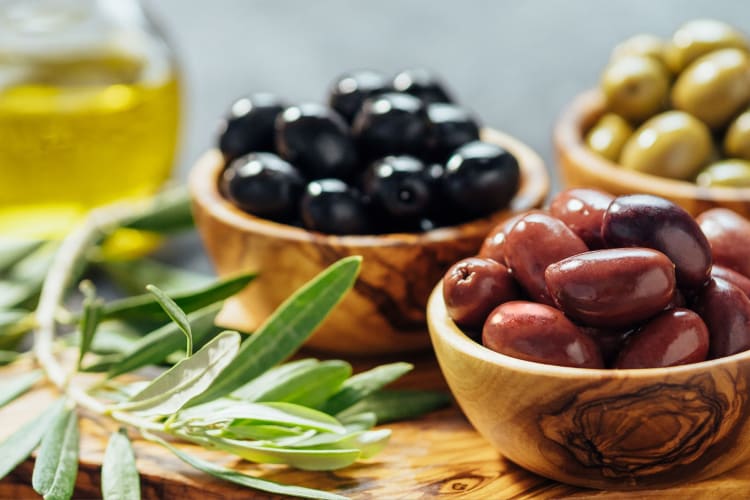
Are Pitted Olives Better Than Unpitted Olives?
So, which are better: pitted olives or unpitted olives?
It all comes down to personal preference. If you're someone who thinks serving unpitted olives at the dinner table is messy, or you're not a fan of biting down into the pit, pitted olives are better. If you want to taste the nuanced and subtle flavors of the olive, unpitted olives are recommended. You will find that pitted olives that have been packaged in brine tend to soak up the extra salt found in the brine, which masks the natural flavor of the olive.
When choosing between pitted and unpitted olives, you should consider what flavors you're looking to taste, the texture of the olive and what you will be using the olives for. For example, if baking bread with olives, you'll want to use pitted olives, whereas unpitted olives are a great choice if you're planning to serve them on a platter.

Benefits of Unpitted Olives
Are olives healthy in all forms or are some olives healthier than others? Both pitted olives and unpitted olives are good sources of minerals and vitamins like iron (especially in black olives), copper, calcium and vitamin E. They also contain around 74% of oleic acid, a fatty acid that is good for the human body.
While most olives are naturally high in sodium because they are packaged in brine, which is salty, unpitted olives are less salty because the inside of the olive does not soak up as much of the salt in the brine. If you're looking to enjoy the sweet and tangy taste of olives, you'll want to stick to unpitted olives. Unpitted olives are also a lot firmer in structure thanks to the pit, which some people may prefer.

Benefits of Pitted Olives
Pitted olives are a lot more of a convenient choice if you don't have the time to pit olives yourself or you find it too messy. If you prefer a saltier flavor to your olives or are looking to add a tanginess to your dish, pitted olives are beneficial.
Lastly, baked goods and olives are a popular combination, but you may want to leave the unpitted olives out of the dough, however, as they will be an unwelcome surprise to the unsuspecting tooth.

How To Pit Olives
Not a fan of the mushy, shapeless olives? Buying the olives and pitting them yourself at home is a good way to enjoy the olives without having to remove the pit from your mouth. You can pit your own olives at home using a variety of methods. Some are messier than others. For example, some chefs prefer to use the side of a frying pan to smash the olive. However, that's a really messy method. So, here are some of the best and easiest ways to pit olives.
Use a Chef's Knife
You don't need fancy tools to pit an olive. A chef's knife works well. Place the olive of your choice on a clean surface and use the flat side of the chef's knife to press down firmly onto the olive. You're just gently mashing the olive until it splits open and the pit pops out, or you can pull the pit out yourself.
This method is easy and works for any kind of unpitted olive.
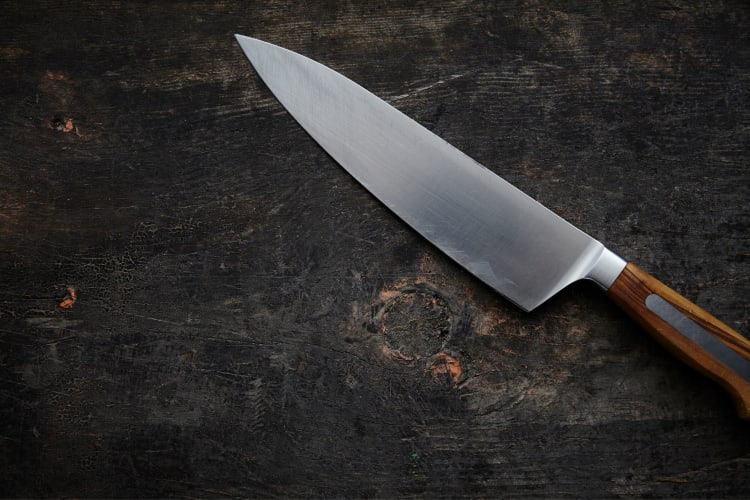
Use an Olive Pitter
If you do have an olive pitter, then there is no need to smash or mash the olive. The pitter is made up of two handles that are squeezed together. The olive is placed in a ring that holds the olive in place, so when the handles are squeezed, the other handle with a shaft moves through the center of the olive and pushes the pit out.
This method is quick, mess-free and works with all types of olives, as long as the olive is not bigger than the ring that holds the olive.
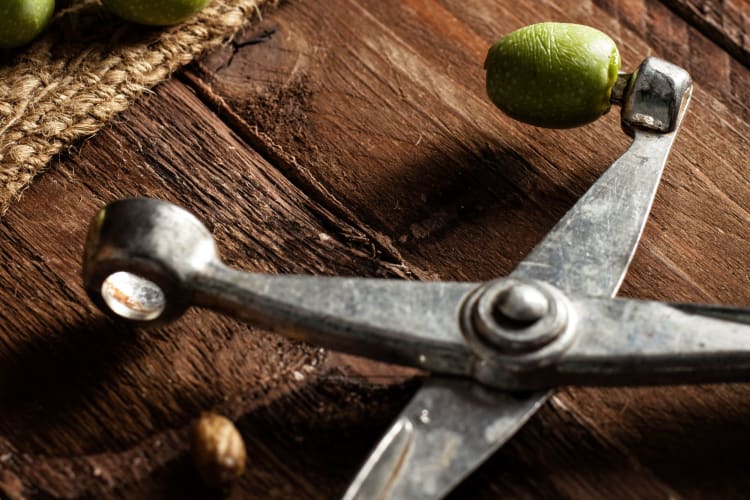
Try the Paperclip Method
Got a paperclip lying around the house? You can make your own pitter with a paperclip. All you need to do is partially open the paperclip, push the larger end into the olive and push the pit out of the bottom of the olive.
Be aware that this method can be messy and is best for pitting small, soft olives.
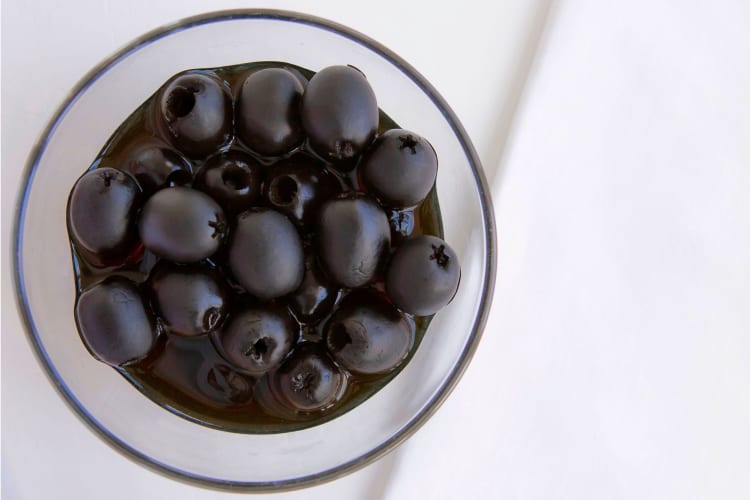
Cooking With Pitted Olives
You'll find that pitted olives are often used in popular dishes like pizza, martini cocktails and Mediterranean roast vegetables. Although most people think of Greece when they think of olives, cooking with pitted olives is a staple in traditional Italian dishes, from pasta to focaccia. Olives can be the star of your dish, like an olive tapenade, or olives can be a great flavor enhancer, as they are in this roasted fennel.
When cooking with olives, pitted olives are commonly used because you don't have to worry about biting down on a hidden pit. Knowing when to use pitted olives is a good skill to have, and attending a cooking class near you can teach you all you need about cooking the kinds of cuisines that use olives and other similar ingredients.
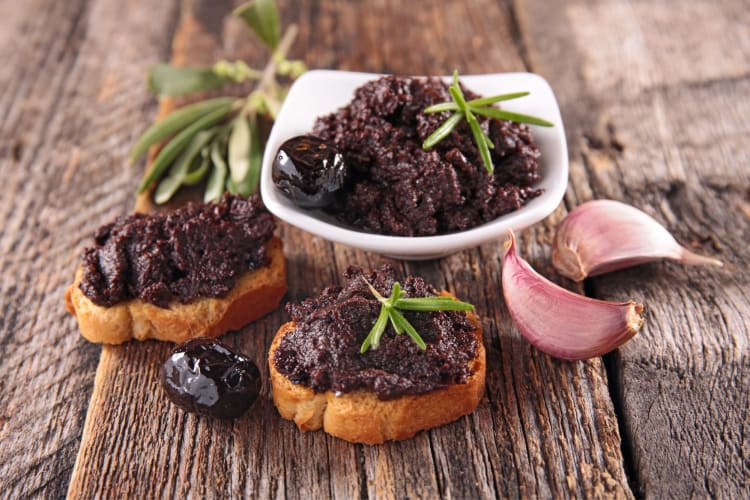
Olives are a popular fruit that is used in many different ways and in different cuisines across the world. Pitted vs. unpitted olives: Which is better? While unpitted olives offer a stronger taste and firmer texture, pitted olives are convenient and great to cook with.
Whether you're looking for more ways to incorporate olives into your cooking or you're looking for recipe inspiration, check out other experiences happening on Cozymeal.



FOOD FOR THOUGHT?
Join the conversation.